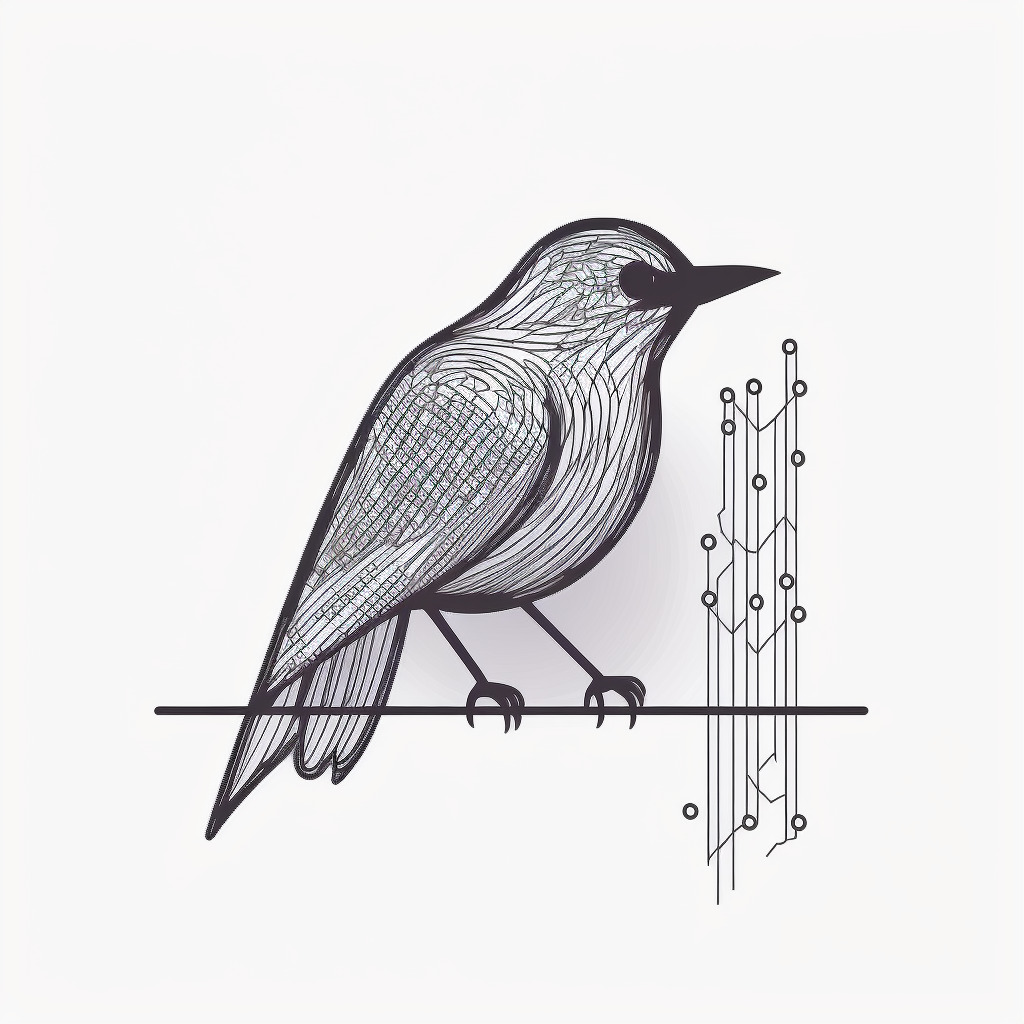I don’t really know how to structure this question, but yeah, why is always Naval and never Aviation?
Because people don’t live in an airplane together for long periods of time. Pilots in sci fi are often aviation themed, but captains are naval because spaceships beyond our current level are closer to battleships, cruise ships, or aircraft carriers than fighter jets or passenger liners.
You’ll sometimes see aviation terms for the little fighters that launch from the larger ships, like in macross. I think it’s a matter of scale, really. An airplane will usually have single digit crew, maybe double digit. A warship will have hundreds, and the bigger the ship the more the crew.
Because they’re way more like ships than they are planes – Planes don’t stay in the air indefinitely or take long voyages, have large crews, etc – They often treat the fighter pilot space ship people like AF though – Like if I have a ‘carrier’ with a bunch of smaller ships on it
Space warfare is much closer to naval warfare on Earth, so naval tactics and strategies are more transferable when applied to space. For example: taking weeks to maneuver, and firing at your opponent 100,000 of kms away.
Air sorties are typically completed within hours, because it is ultimately limited by the fuel they can carry.
I guess the idea is that as in plying the oceans, you are looking at lengthy journeys in space requiring large vessels that can stock whatever supplies you need while protecting you from harsh elements with thick hulls. And they do talk about space fighters, which is more of an aviation term, but these are typically launched from the space equivalent of an aircraft carrier.
Naval aviation is the general term for what you’re thinking of, and is the term used in the United States. In the UK, carrier pilots are part of the Fleet Air Arm.
I agree with what everyone else is saying, and…
Time of deployment on the vessel naval crews can be deployed from months maybe even years. Air crews are deployed for hours maybe a day. If the flight crew has a disagreement, they just have to hold their tongues long enough to land, and then they can deal with it on the land maybe even get reassigned etc etc
More analogies from naval service apply to spaceborn service where crews will be isolated for long periods of time.
The purpose of Air Force is to monitor the skies, project power at a distance, and provide air superiority.
The purpose of Navy is to put a floating fortress off your shore and bombard your cities, carry around materiel, men, and aircraft, and patrol a vast volume of ocean.
So Navy structures fit the mission better, and this has been true since early SF.
Because space is an ocean.
Seriously mate, you didn’t warn about the TVTropes link? Some of us need to go to bed!
I was a good two hours on that bloody site, yawning my head off but unable to look away.
I wonder if it has much to do with the USAF being a relatively new service with a proportional cultural impact, coming into being as a service in 1947. Up until then, combat aviation was subordinate to the Army and Navy. This would point to a preponderance of Army/Navy WWII vets among the show’s consultants and audience.
spaceSHIP
I think it often has to do with the scale of the ship. Operations on a starship with crew numbering in the dozens to hundreds might be closer to operations on a naval vessel than aviation. We don’t have aircraft with that scale of a crew or aircraft that operate away from base for such a long period of time.
The other thought is, uh, well that’s what Star Trek did.
The most crewed aircraft doesn’t even have the crew size of a British sloop!
I think most generally it’s because naval analogues are probably the closest when you’re talking about large space-based fighting vessels. The air force doesn’t operate aircraft carriers, battleships, or destroyers. The navy, however, does (or did in the case of battleships). Those large sea based vessels often class quite nicely into a lot of sci-fi media for large ships.
The small ships you see are often based off of a carrier equivalent. Even when they’re terrestrially based, it makes a lot of sense to streamline your military structure to have just one “space force”, rather than trying to break it up into two entities like the “space navy” and “space air force”, each with their own standards and logistical supply networks.
I think you’re largely on the ball here, but thinking about it further makes me question this… early spaceflight was almost exclusively done by people selected out of aviation forces. While we haven’t operated a single craft outside of Earth’s Sphere of Influence and thus been outside of range for largely terrestrial based control of the incredibly complex operations of a spacecraft, I wonder how that much of that aviation culture bleeds into spacecraft operations.
Though, this may change when a spacecraft can operate outside of Earth’s watchful eye for a period of time.
That might not even happen, though. Space isn’t like an ocean where you can move around arbitrarily; craft mostly follow ballistic trajectories. As it is, it’s actually more like artillery with human cargo than like aviation, let alone a boat that can go anywhere anytime.
The exceptions are craft with slow-burn engines like ion drives, which allow enough delta-V for a craft to hit more than one destination. Those still need energy, though, so they need to be near something like the sun to operate indefinitely. Over interstellar distances, a 20-year boost at millinewtons is still relatively short, and we’re back to ballistic trajectories. On such a mission, if the crew is human and awake it would be more a matter of keeping everything operating as intended than deciding anything. I expect any culture that develops would be more about the off-time.
Speaking of boosts, burns and delta-V, you can see a bit of space’s own culture growing already. My best guess is that the structure of a future interstellar mission would be a bit familiar to today’s ISS astronauts.
Sci-fi spaceships often have the ability to dump solar-system levels of energy into propulsion, so they really only follow orbital mechanics when they’re parked at a planet. Consider if you could get from Earth to Mars in a few seconds, you’d pretty much just point yourself at it and go.
Yeah, we were segueing into hard sci-fi and the real future here, so I’d thought I’d bring that up. OP was about this tendency in general.
In soft sci-fi you can just handwave stuff, with the basic way frames of reference work being a frequent casualty (via FTL travel). If traveling by starship is like traveling by boat, it makes sense day-to-day life would be a bit boat-like, and so that’s where many writers have gone.
I think you’d have to better define what the culture is that you think would change. For example, I’m sure some terms used on the shuttle are not used at all in other vehicles simply because of its design. I think naval aviators have generally been slightly more numerous in the astronaut corps, although only by a small number. I don’t think any ship has reached the point in size where there’s a dude who is paid to think about things and everyone else hits the buttons.
While it is true that most early astronauts were aviators, specifically test pilots, it’s also important to consider that it was the case then as it is now that the US Navy operates more planes and has more pilots than the US Air Force. Just percentage wise, that would edge towards more Navy pilots who use the naval terminology in their ranks (the Mercury 7 were 4 Navy pilots, 2 Air Force, and 1 Marine I think, though I could be wrong). I would assume that the culture would skew even more Naval as space flight progresses as early spaceflight was a couple of guys in a tin can to larger scale craft.
Another weird quirk too is that common military rank terms like “captain” and “lieutenant” don’t line up between the Navy and the others (at least in the US). So the OG Star Trek guys would be Colonel Kirk and Captain Uhura under Air Force terminology, and that just sounds weird
To throw an add on to your comment in case readers have the ideal that the Navy’s mostly flying cargo planes, Top Gun is the Navy Fighter Weapons School. The Navy is flying a decent number of cargo planes but they also have some of the best fighter pilots in the world. Also flying a Space Shuttle would be a lot closer to flying a cargo plane than a fighter jet. Space Shuttles weren’t designed to maximize speed and maneuverability so that kinda makes pointing out that the Navy has amazing fighter pilots irrelevant, but they do.
Another weird quirk too is that common military rank terms like “captain” and “lieutenant” don’t line up between the Navy and the others (at least in the US). So the OG Star Trek guys would be Colonel Kirk and Captain Uhura under Air Force terminology, and that just sounds weird
Colonel O’Neill and Captain Carter
The USAF has significantly more planes and pilots then the USN.
However, the USN is technically the second largest air force currently operating in the world, behind the USAF.
Yeah… I don’t know where the claim that the navy has more pilots than the Air Force came from? The Air Force has more than 20k active duty pilots, while the Navy only has around 7k.
And it does sound weird in Stargate when Earth gets starships but uses the Air Force rank system.
I think the best reasoning for this has more to do with the practicalities of writing than with the accuracy of the speculation about future human endeavours. As you say, there haven’t been any naval missions in space, which is exactly why when drawing from more familiar analogues you can find a richer vein by looking upon naval tradition instead. While fiction, and sci-fi in particular is going to involve some imagination to literally create and invent things all fiction tends to deal in with what we know and only a small dose of the fantastical to reframe it in a more interesting context.
The lack of similar real life equivalents for long missions with a lot of personnel and very large craft and opportunities for internal rivalries, promotions, ambition and rival navies with largely equivalent structures and traditions in current spaceflight, means that the work of writing about scenarios where that happens in space is going to be much harder and probably less resonant without drawing on something where all of that already exists. In addition to that, the hundreds of years of different naval traditions and rituals makes for more pomp and circumstance and delivers a ready-made atmosphere that’s well understood even by the layperson as in those hundreds of years it has seeped in to the public imagination.
Tapping in to all the practical similarities between the scenarios often portrayed in SciFi and naval contexts along with all that cultural baggage makes for a much richer and more vivid atmosphere and setting within which the characters can interact with one another. This is reason enough to transpose naval tropes in to your space based science fiction story whether it makes the most sense or not for the way such endeavours might actually be organized in reality in the future.
I think this is mainly it.
Additionally, aviation terminology is often very specialized, usually pertaining to aerodynamics and the like. But ship terminology is often more general.
For example, airplanes have aerofoils and control surfaces, where ships (both space and maritime) have thrusters.
Halo has the UNSC Navy, the UNSC Marines, and the UNSC Army working together in space.
That’s always been my take. The Navy has the experience with big-ship operations, and operating smaller craft from those large ships, and it’s supply and logistics would likely evolve from ocean to space faring ships.
The Marines are historically an amphibious force, an extension of the Navy, specialized in ship-to-ship and ship-to-shore operations; ship-to-surface would be the evolution of that.I want a meme where the air force is like “we conquered the skies, next is space!” And the Navy is like guess what MFers.
I’ll agree with the other posters that being on a spaceship maps better to being on a ship than it does being in an airplane, but I would add to it one other maybe overlooked factor: Robert Heinlein served in the navy and clearly had a massive hard-on for it and included all sorts of pro-war and pro-military themes in his work, and that all came from the POV of the navy and included lots of specifically naval elements to what was presented, and he was a big enough presence in the field that it left a mark that lasts to the present day.
I gotta imagine that each planet in a sci fi setting would have its oen airforce, where as the compasion of space to a vast ocean makes sense for the organization tasked with patroling it.













